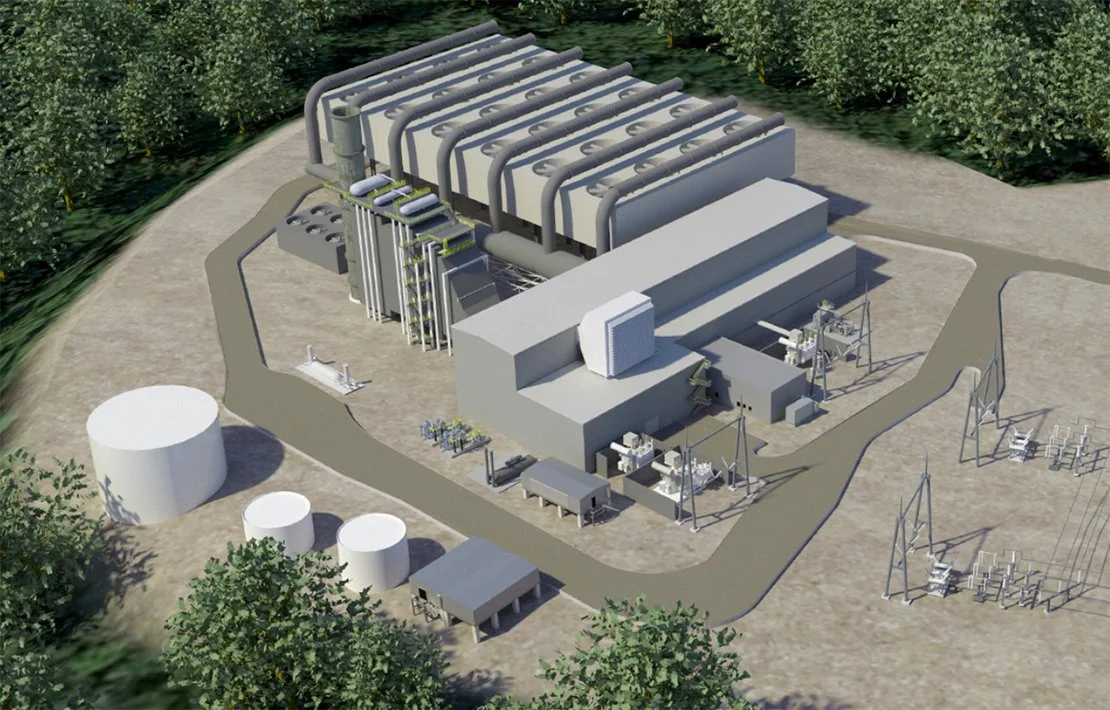What did New Englanders use before candles? Electricity.
/no soup for us!
A proposed natural gas power plant in New England suffered a major blow this week, as federal regulators approved a request from the regional grid operator to cut ties with the project.
The Federal Energy Regulatory Commission signed off on a plan from ISO New England Inc. to terminate its contract with the Killingly Energy Center, a 650-megawatt, gas-fired plant slated to be built in eastern Connecticut. ISO New England, which manages the power grid in six Northeast states, announced its intent to cancel the contract in November, citing project delays.
First proposed in 2016, the power plant would have increased the available supply of electricity generated from gas in New England at a time when the region is facing fuel supply issues, according to developer NTE Energy LLC. But critics — including some state officials in Connecticut — have called the project counterproductive to efforts in the Constitution State and New England at large to transition to carbon-free electricity.
In 2019, NTE Energy secured a "capacity supply obligation" with ISO-NE, which would have allowed the facility to participate in the region’s capacity auction next month. But the power plant was supposed to come online by June 1, and it is currently not on track to do so, according to the grid operator. The project could power about 500,000 homes, if completed.
If you’ve been following the saga of this project, and you probably haven’t been, the regional power provider (New England states forbid electricity providers from generating their own power, and must buy it from companies like NTE Energy) sought federal permission to withdraw from the contract not because we don’t need the electricity it would have generated, but because the greeners have killed the plant — this was just the final nail in the coffin.
"The ISO’s decision to terminate the capacity supply obligation is based on our lack of confidence that the project would meet its deadline for commercial operations," Matt Kakley, a senior communications specialist at ISO-NE, said in an email.
In a unanimous decision issued Monday, FERC found that "the relevant condition for termination… has been met."
ISO-NE’s initial ties to the project was one of multiple factors that spurred Connecticut to consider leaving the regional power market in 2020 (Energywire, Jan. 27, 2020). In addition, Gov. Ned Lamont (D) said last year that he didn’t want to see the Killingly Energy Center get built, according to news reports.
If completed, the facility would be allowed to emit up to 2.2 million tons of carbon dioxide each year, said Samantha Dynowski, state director of the Connecticut chapter of the Sierra Club. Meanwhile, the state has enacted a policy to reduce greenhouse gas emissions from the electric system, transportation and buildings by 45 percent below 2001 levels by 2030 and by 80 percent below 2001 levels by 2050.
In that sense, the Killingly project exemplifies "serious problems" with the regional grid market as well as with policies and regulations in Connecticut, Dynowski said.
"Building more fossil fuel power plants is holding us back from the solutions we actually need," she said.
FERC’s order comes amid heightened reliability concerns in New England this winter. The natural gas pipeline system in the Northeast is limited, which could make it difficult to ensure the gas supply can continuously meet demand in the event of a prolonged cold snap, ISO-NE said last month. Supply chain disruptions due to the Covid-19 pandemic have also made the grid vulnerable (Energywire, Dec. 7, 2021).
Over the past two decades, our politicians have caved to the greens and blocked pipelines, transmission lines, and CNG terminals because, they claim, permitting any more investment in fossil fuel infrastructure only delays the creation of wind and solar plants. Of course, those don’t actually exist yet, and certainly won’t be built within the next ten years, if ever, so we’ll just make do with a diminishing supply of energy, and pay an increasing price for what does trickle in, but that’s the goal: deindustrialization, and a return to nature.


